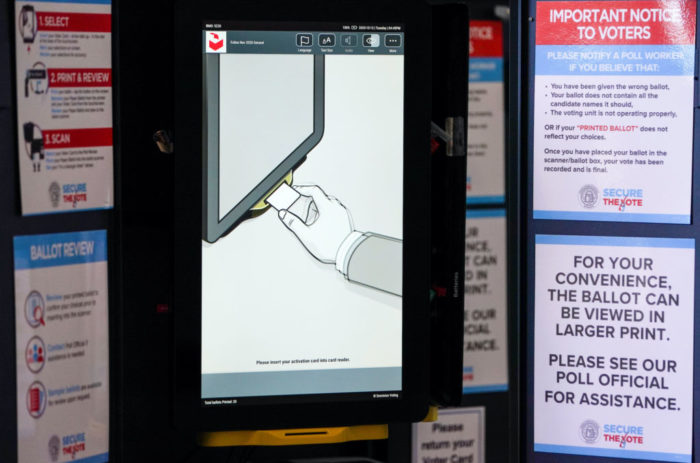redo Jump to...
print Print...
Directions
-Read the excerpt below from the "Best of the Web" post by OpinionJournal.com's editor James Taranto.
-Read "Types of Media Bias" in the right column. Then answer the questions.
From a post by OpinionJournal.com’s editor James Taranto (original post date 2/12/13):
Pope Benedict XVI announced yesterday that he’ll resign the papacy at the end of the month, and in the New York Times’s story looking ahead to the choice of a successor…reporters Rachel Donadio and Elisabetta Povoledo make the following assertion:
The resignation sets up a struggle between the staunchest conservatives, in Benedict’s mold, who advocate a smaller church of more fervent believers, and those who believe that the church can broaden its appeal in small but significant ways, like allowing divorced Catholics who remarry without an annulment to receive communion or loosening restrictions on condom use in an effort to prevent AIDS. There are no plausible candidates who would move on issues like ending celibacy for priests, or the ordination of women.
There’s no reporting to back up the prediction of a “struggle” (or a “battle,” as the story’s lead paragraph has it) between “conservatives” and–well, actually, the reporters don’t give us a noun to describe the conservatives’ putative opponents, so let’s just call them people whose views are more in line with those of the Times’s editorial page.
The closest we get to an elaboration on the claim is a reference to one possible contender, Canadian Cardinal Marc Ouelett, whom the reporters describe as “a dogmatic theologian.” Imagine that! According to Donadio and Povoledo, “critics in his native Quebec said that he was out of step with the province’s more progressive bishops, but that is not necessarily a drawback in today’s church.”
Left out are who these critics are, why the other bishops are “more progressive,” and how he’s “out of step.” About the only thing we know about his critics is where they are, although given that he’s from Quebec and was archbishop of Quebec for several years, it’s not surprising that his critics would be in Quebec.
Despite being based in Rome, the reporters don’t seem to have a deep familiarity with the Catholic Church. They even quote a fellow journalist, from the Kansas City-based National Catholic Reporter, as an expert. What’s really striking about the Times story, though, is its ideological perspective–one that views the Catholic Church through the distorting lens of contemporary American liberalism as that weird religion that discriminates against women and has some sort of hang-up about [contraceptives]. Again, it reminds us of the way totalitarian propaganda outfits “report” on enemy states.
To accurately identify different types of bias, you should be aware of the issues of the day, and the liberal and conservative perspectives on each issue.
Types of Media Bias:Questions
1. What type of bias is the excerpt below an example of?
Scroll down to the bottom of the page for the answers.
Answers
1. The excerpt is an example of bias by spin. Spin involves tone – it’s a reporter’s subjective comments about objective facts; makes one side’s ideological perspective look better than another.



